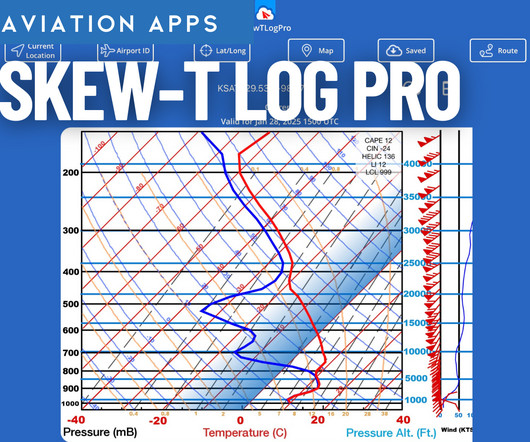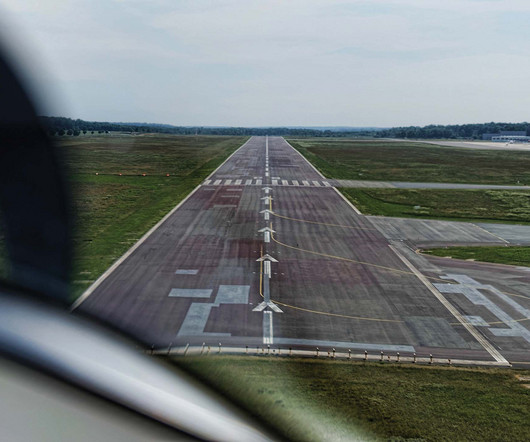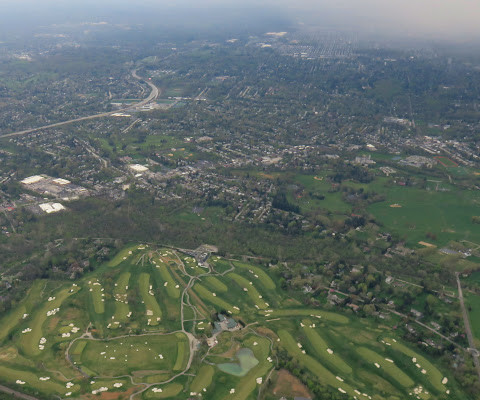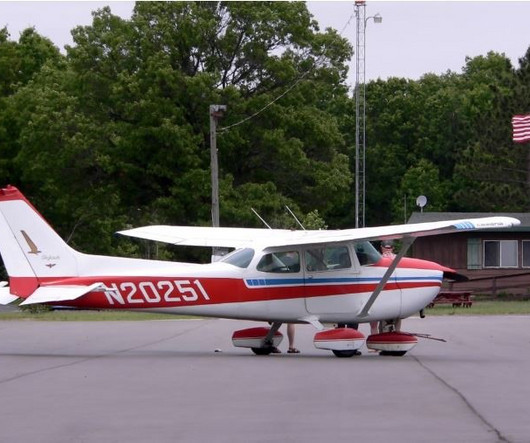SkewTLogPro releases version 3.0—upgrade your weather briefing today
iPad Pilot News
FEBRUARY 4, 2025
To the right you can see the winds aloft: about ten knots down low, picking up to more than 50 knots out of the southwest at 10,000 feet and above. Comparing this information to the current METAR for the area confirms this data, with low ceilings and light winds. Is there wind shear at a certain altitude?
















Let's personalize your content